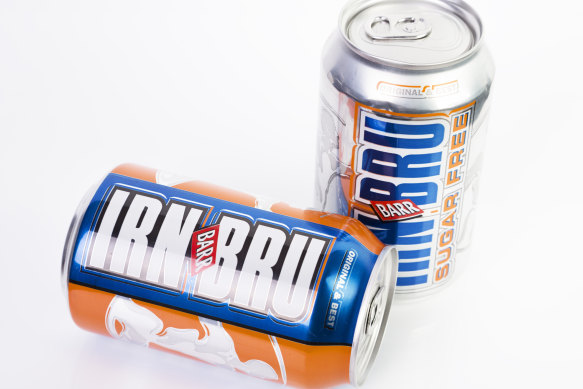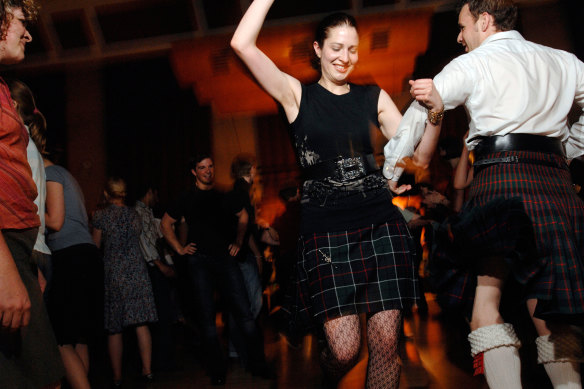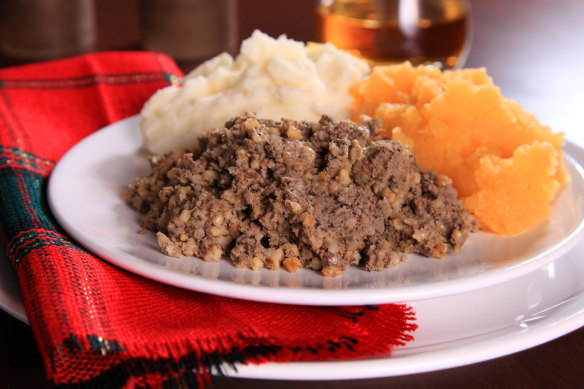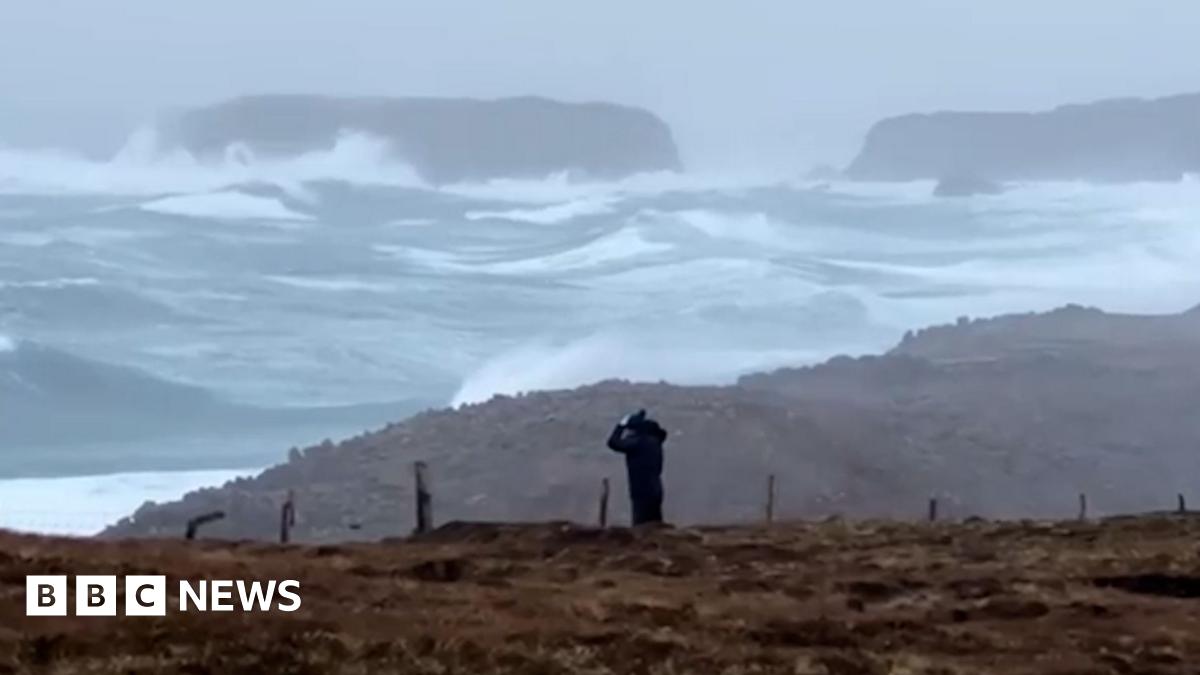Travel
10 things we’ll never understand about Scotland

Outsiders will never understand the complexities of the United Kingdom and its constituent “countries”. Scotland has its own laws and education system and (unlike England) parliament.
It has its own sports teams, and sports-pub patrons would rather cheer for Portugal or Italy than the English soccer team, much to the bafflement of foreigners. And what’s with the banknotes? Scotland issues its own, and accepts English notes, but the English won’t take Scottish notes. Bizarre.
Chilly sunbathing
You’ll find Scottish sunbathers half-naked on rooftops and window ledges, in their gardens or in parks.Credit: Alamy
It doesn’t matter what the temperature is: whenever the sun comes out, the Scots strip off in a frantic attempt to soak up vitamin D – though never successfully if their lily-white skin is any evidence. You’ll see them half-naked on rooftops and window ledges, in their gardens or in parks, to which they might have dragged their armchairs. They lie scattered on rocky foreshores as if washed up from shipwrecks.
The Irn-Bru obsession

Not surprisingly, the virulently orange-coloured drink was invented by a chemicals company.Credit: iStock
Not many soft drink brands can compete with American made, but Irn-Bru dominates Scotland’s domestic market – and is not uncommonly found internationally, including in Australian supermarkets. What’s the fuss? It’s just another fizzy, sugary drink and – sorry, patriotic Scots folk – not even Scottish, since the first “iron brews” were made in America and then England. Not surprisingly, the virulently orange-coloured drink was invented by a chemicals company.
All the deep-frying
The Scots will deep-fry anything, most notoriously Mars bars dipped in batter, a staple of the Scottish “chip shop” popularised in the 1990s, though perhaps kept going more to amuse tourists than feed locals.
Other deep-fried goodies (or baddies): hamburgers, hotdogs, Cadbury’s crème eggs and pizza slices. If the pizza is battered first, it’s called a pizza crunch. Chips are sometimes called a Glasgow salad, though presumably not by cardiologists.
Ceilidhs

Traditional dance thrives in Scotland.Credit: Alamy
There aren’t many places where traditional dance thrives but, endearingly, Scotland is one. The ceilidh (pronounced “kaylee”) is a common event in social clubs, schools and universities, as well as at weddings and other celebrations. Basic steps aren’t hard to pick up, and ceilidhs might have a “caller” to provide instruction. It’s a cultural experience, but be warned that dances are more energetic than you might imagine, and leave you sweaty and breathless.
That horrible haggis

Haggis: a boiled bag of sheep intestines, assorted offal and oats.Credit: Getty Images/iStockphoto
How a boiled bag of sheep intestines, assorted offal and oats became the national dish of Scotland is anyone’s guess, but points to the paucity of the pre-modern Scottish diet. Haggis looks like a big, grey, mushy dumpling and yet is strangely dry and crumbly. You don’t want to know what it’s like when it goes cold on the plate. But each to their own: the revered haggis is sometimes marched into formal dinners by a piper. Bon appetit.
Those awful bagpipes

In Scotland, the wailing sound of bagpipes is lauded as if it were the singing of angels.Credit: iStock
Loading
Talking of unappetising bits of sheep, what about bagpipes, once traditionally made from a sheep’s skin? The wailing sound of bagpipes is lauded as if it were the singing of angels, and yet surely only a child’s recorder or vuvuzela produce a more annoying sound. What do you reckon is worse, the whining melody or underlying drone? Admittedly bagpipes aren’t a purely Scots annoyance – they’re found in cultures all over Europe and western Asia – but immigrant communities make Scots pipes the most widespread.
Dreadful bathrooms
Staying in someone’s home or an old-fashioned B&B? Prepare for a shock. Austere bathrooms are a UK-wide thing, but worse in Scotland given the colder climate. Expect chilly temperatures, or no heating at all. You might have to switch on the hot water tank an hour before you have your shower. And you have to be a ninja to avoid scalding your hands at the sink, where separate hot and cold taps are the norm. And what’s with light switches on a string?
The writer travelled to Scotland courtesy of Visit Britain and at his own expense.










